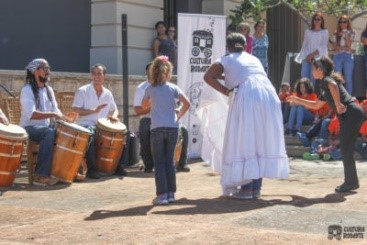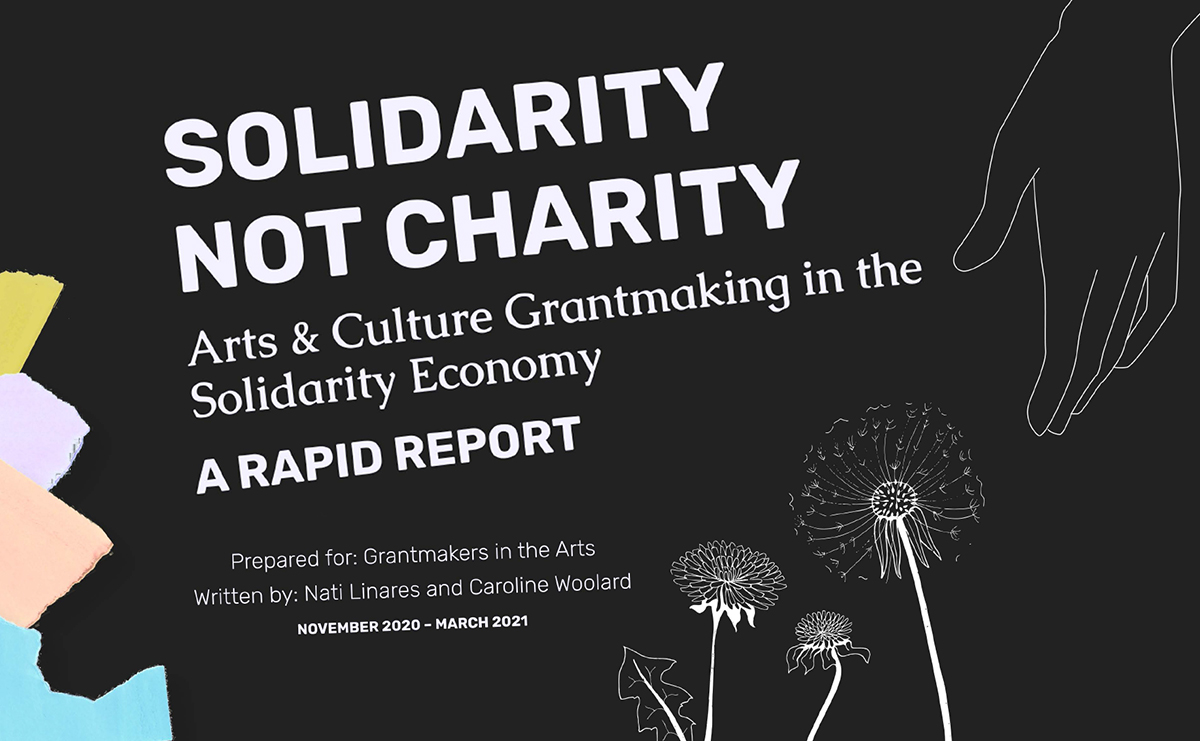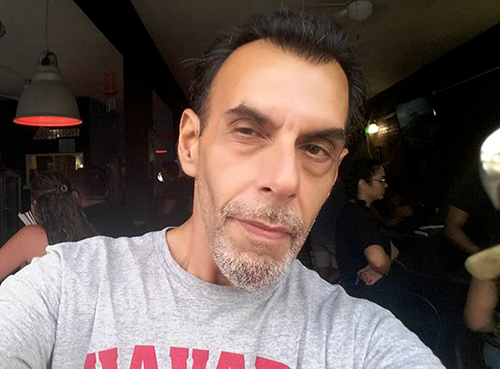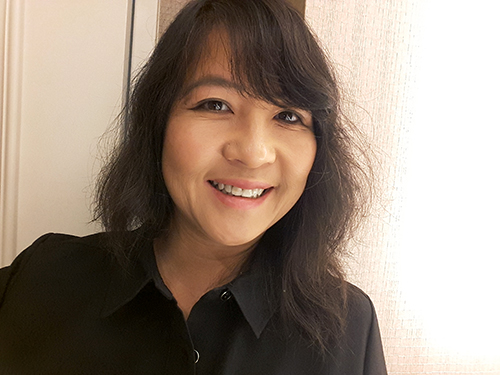2021 Grantmakers in the Arts Convening
Welcome to the 2021 GIA Virtual Convening Blog! Grantmakers in the Arts is pleased to have Félix Jiménez and Tram Nguyen posting their comments and reactions beginning Monday, November 5. We hope you check here for those posts.
I love traditional and folk art for its intimacy. My most treasured art, the only ones I have in my home, are a pair of Oaxacan tapestries I bought from a family of Indigenous weavers in the village of Teotitlan del Valle. We sat together in their home—which was also their workroom with wooden looms and stone mortars and pestles for grinding indigo and cochineal dyes—and spoke of the symbolic meanings of designs representing the elements of earth, water, fire and water, and the cycle of birth and death. In house after house in this village, Zapotec families maintain their way of life and sustain their local economy with weaving and selling their art.
Years later, these tapestries adorn my altar and are beloved companions of my spiritual practice. They are an intimate, daily reminder of the connective power of cultural and traditional arts. As Maribel Alvarez said, these are “practices, rituals, and ordinary overlooked aesthetics that have to do at the end of the day with living in beauty.”
Read More...An elevator. Train tracks. These two settings were sites of profound trauma and historical significance in Tulsa, Oklahoma. The elevator where a young black man bumped into a white woman one hundred years ago in Greenwood, setting off events that became the 1921 Tulsa Race Massacre. The train tracks dividing the Black part of town from the white, that were also the path Greenwood’s survivors followed on foot to escape the killing of hundreds of residents and the burning and destruction of their district known as Black Wall Street.
In 2021, the elevator and the train tracks also became art. They were both art installation and storytelling projects that emerged from the Greenwood Art Project. The initiative, funded through the Bloomberg Philanthropies Public Art Challenge, was a partnership of Bloomberg with the City of Tulsa and the Tulsa Race Massacre Centennial Commission to add a cultural component to the centennial commemoration.
Read More...Centering Indigenous self-determination, power building and movement leadership is an experience of deep learning and humility. Because of the enduring mythos of America that centers the settlers and the immigrants, and the Western worldview dominating this country’s systems, entering into Indigenous worldviews is one of the most radical shifts possible into what it means to reparate the wrongs of the past and present, and to build a regenerative, just future.
I was grateful for the invitation to listen at the roundtable talk of three powerful and wise teachers: Tina Kuckkahn (Ojibwe), director of grantmaking at NDN Collective; Gaby Strong (Dakota), managing director at NDN Collective; and Quita Sullivan (Montaukett/Shinnecock), program director at New England Foundation for the Arts.
Read More...This session began with a song of welcome from cultural practitioner and filmmaker Hinaleimoana Wong-Kalu (Native Hawaiian, Kanaka Maoli) that opened up a space for radical imagination and relationship. Artists from the 2021 cohort of NDN Collective’s Radical Imagination Grant shared their work from the project, which invests in Indigenous artists’ community-based expressions of “a radically imagined, more just and equitable future.”
Engaging with this work—whether it be taking in fine art photography and film, hearing Native languages spoken and sung, or learning about specific customs and ceremonial practices within the context of decolonization—is about experiencing the gift of centering Indigenous worldviews and knowledge.
Read More...How can mid-level leaders identify what is within their power to change when they don’t hold the top position? How can they develop their own management skills to lead with equity at the center?
The status quo in most institutions’ leadership and organizational development efforts is that all too often “executive coaching” is reserved for top leaders and periodic, one-off trainings for everyone else. This makes the coaching initiative being pioneered by NAS and Barr Foundation all the more visionary and cutting edge, with its focus on making coaching more broadly accessible and its strategic targeting of mid-level and emerging leaders within arts organizations.
Read More...
What does it look like to build another possible world, in the midst of resisting and surviving the assault on your present one?
Perhaps it looks like installing solar panels in homes, groceries, the fire station, and the cinema of your town; and during Hurricane Maria when much of Puerto Rico lost power for extended periods of time, becoming an “energy oasis” for the community. Perhaps it looks like owning your own radio station and newspaper, selling coffee to support community programs, and setting up a Bosque Escuela, a school in the forest to teach conservation and sustainable development.
Read More...
During the first months of pandemic lockdown, I really got into watching historical documentaries, perhaps for the escape out of our own times. One of my favorites was the National Geographic series “The Greeks” on Disney Plus. I was struck with the archaeological finding that, after the collapse of the first ancient Greek civilization, it was the arts that nurtured the society’s survival and re-emergence through an ensuing dark age. Drawings on pottery and wine vats, jokes scribbled in cuneiform. These artifacts were a testament that through millennia, human beings have found recovery from disasters in much the same ways—starting with nurturing our shared humanity and creative spirit.
Read More...The stories we tell ourselves matter. Starving artist. Dying in poverty or hitting the jackpot of stardom. Impractical artist, not able to pay rent or bills, much less know anything about credit associations or portable benefits. Only the winners have worth and take all.
I was drawn to the preconference session We Do This to Free Us: Artists and the Solidarity Economy on artists and the solidarity economy having lived with an artist for 15 years, and having flirted with my creative writing dreams for longer than that. Ultimately, the government job with its healthcare and pension won out for me, and attempts at fitting writing into the margins happen less and less these days with the demands of motherhood and working for an employer. He, on the other hand, continues as a gig worker, musician and creative—a path that can be by turns liberating, terrifying and inspiring.
Read More...


